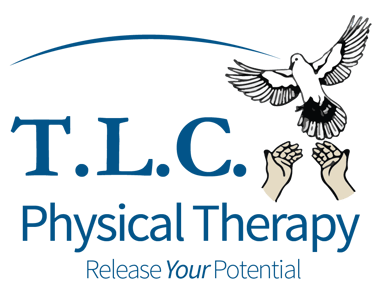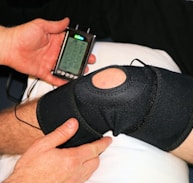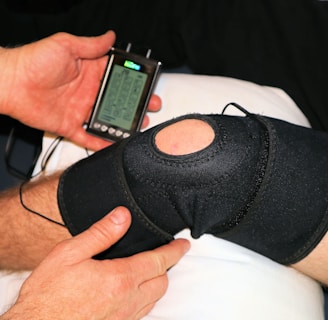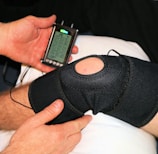Understanding Physical Therapy: More Than Just Exercise
Physical therapy, often abbreviated as PT, is a specialized healthcare profession dedicated to optimizing physical function, enhancing mobility, and alleviating pain. Contrary to popular belief, it's not just about exercise; it's a holistic approach that addresses a wide range of conditions and injuries.
What Can Physical Therapy Help With?
Physical therapy can be a game-changer for various conditions, including:
Sports Injuries: Whether you're a weekend warrior or a professional athlete, PT can help you recover from sports-related injuries. From sprains and strains to more severe injuries like torn ligaments, physical therapists have the expertise to get you back in the game safely.
Arthritis: Arthritis, a chronic condition characterized by joint inflammation, can be a daily struggle. PT can assist in managing pain, improving joint function, and enhancing your overall quality of life.
Post-Surgery Recovery: Surgery can be daunting, but PT plays a vital role in speeding up the recovery process. It helps reduce pain, restore range of motion, and strengthen the muscles around the operated area.
Vertigo: Vertigo, a sensation of spinning or imbalance, can disrupt your daily life. Vestibular rehabilitation, a specialized branch of PT, can help you regain your balance and reduce vertigo symptoms.
Repetitive Use Injuries: Conditions like carpal tunnel syndrome, tennis elbow, and rotator cuff injuries often result from repetitive movements. PT offers strategies to heal these injuries and prevent recurrence.
Physical therapy offers a wide range of benefits, including:
Improved Flexibility: PT helps to lengthen muscles and connective tissues, enhancing your range of motion and making everyday activities easier.
Pain Reduction: Through various techniques, physical therapists can reduce pain, making your daily life more comfortable.
Enhanced Strength: Strengthening exercises are a core component of PT, helping you regain strength and stability, which can reduce the risk of reinjury.
Better Balance: PT can significantly improve balance and coordination, lowering the risk of falls, especially in older adults.
Personalized Care: Every patient's needs are unique. Physical therapists design personalized treatment plans tailored to your condition, ensuring the most effective care.
What to Expect During Physical Therapy?
Physical therapy typically involves an initial evaluation where your therapist assesses your condition, medical history, and goals. Following this, they will design a personalized treatment plan that may include:
Exercises: Tailored exercises to strengthen muscles, improve range of motion, and enhance mobility.
Manual Therapy: Hands-on techniques such as massage and stretching to alleviate pain and improve flexibility.
Education: Guidance on proper body mechanics, lifestyle adjustments, and self-care techniques.
Modalities: The use of modalities like heat or cold therapy to reduce pain and inflammation.
The Road to Recovery Starts Here
Whether you're dealing with a sports injury, chronic pain, or post-surgery challenges, physical therapy offers a path to recovery and improved well-being. It's not just about addressing symptoms; it's about empowering you to regain control of your life.
If you're ready to embark on your journey to recovery, don't hesitate to schedule an appointment with us today at one of our New York City locations in Staten Island, Brooklyn, and Manhattan to see what is the best route on your road to recovery and together, you can unlock the power of PT and pave the way to a healthier, more active future.


































